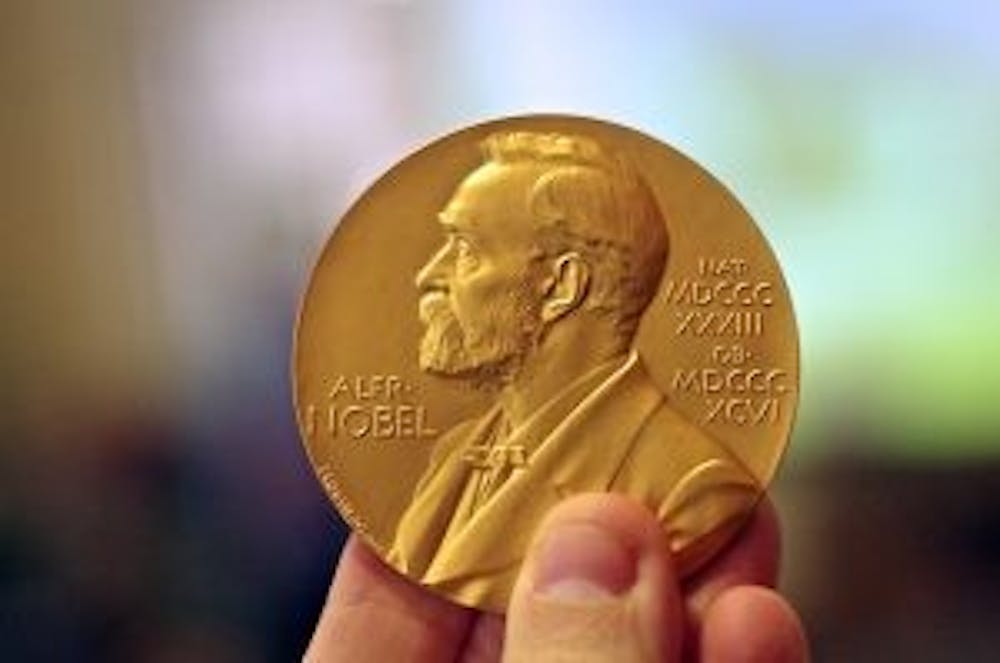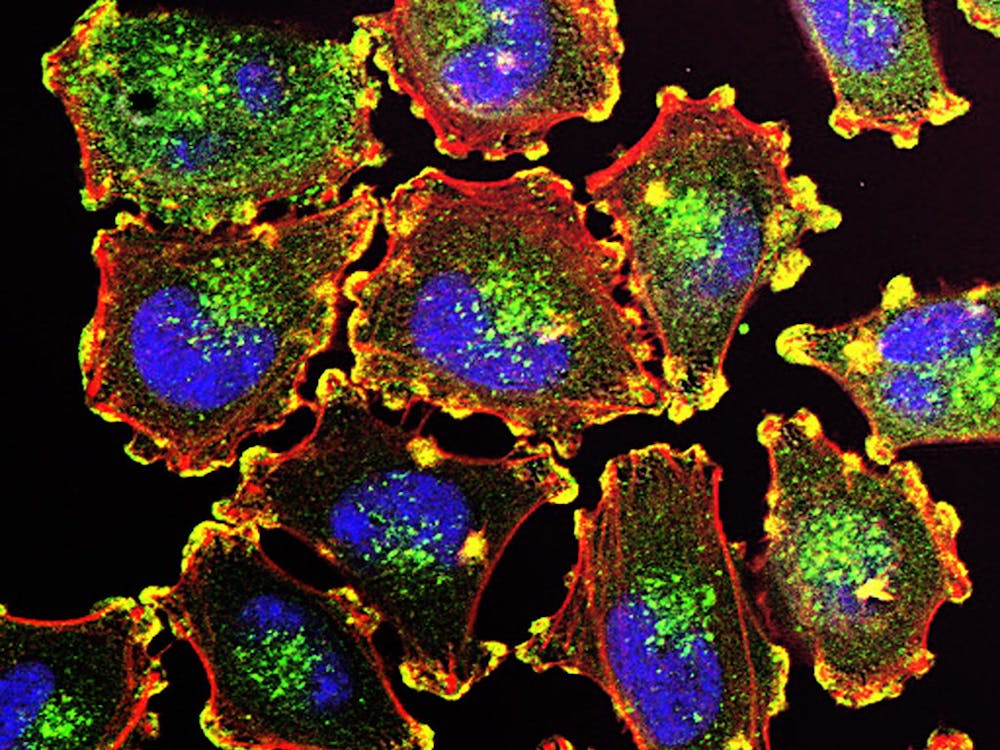Winners of the Nobel Prize in Chemistry were announced on Oct. 5. The annual Nobel Prizes in Chemistry are traditionally given by the Royal Swedish Academy of Sciences. The three recipients for the award this year are Jean-Pierre Sauvage of France, British-American Sir J. Fraser Stoddart and Bernard L. Feringa of the Netherlands.
Together, the three researchers have worked for many years to come up with, create and produce molecules with controllable movements. These molecules are now known as molecular machines. These machines can perform simple tasks under a sufficient supply of energy.
This year, the three winners were awarded a prize of eight million Swedish crown, which converts to approximately $905,000.
The Nobel Prize is named after Alfred Nobel, the inventor of dynamite. Nobel used his immense wealth into to fund the establishment of the Nobel Prize at the turn of the 20th century. It has been awarded annually since 1901 for achievements in science, literature and peace.
In the scientific community, the annual release of Nobel Prize winners is definitely a huge highlight of the year that rewards some of the brightest and most creative scientists, researchers and thinkers from around the world.
Out of the threewinners, Sauvage was the first to come up with the concept of building a molecular machine. Pierre is a French coordination chemist who works at Strasbourg University. In addition, he is also the director of research emeritus at France’s National Center for Scientific Research.
Back in 1983, Pierre was able to successfully connect two ring-shaped molecules together into a chain known as a catenane. This chain was essentially linked through a mechanical bond. The mechanical bond, compared to the typical “covalent bond,” is a foreign and unfamiliar concept to most.
“For a machine to be able to perform a task it must consist of parts that can move relative to each other. The two interlocked rings fulfilled exactly this requirement,” according to the press release
In 1991, Fraser Stoddart devised a thin molecular axle based on rotaxanes. In a nutshell, this molecular axle is consisted of a molecular lift, a molecular muscle and a molecule-based computer chip. Stoddart’s progress essentially took Pierre’s work one step further by mechanizing the ring onto an axle and proving that the axle can still operate normally.
However, the true breakthrough in molecular motors did not happen until 1999, when the Dutch scientist Bernard Feringa successfully synthesized the actual product.
Feringa is a synthetic organic chemist who specializes in molecular nanotechnology. In his free time, he is also a professor at the University of Groningen. In fact, he has also guided more than 100 Ph.D. students throughout his career.
“This is quite unexpected, although it has been in the cards for 25 years, I think. When it happens, it takes your breath away,” Stoddart said according to the The Huffington Post.
From separate interviews, it is clear that none of the laureates were actually expecting to win the award. The synthesis of molecular machines has many technological implications that have yet to be fully realized. In the future, molecular machines will most likely be used in the development of new materials, sensors and energy storage systems.
The Nobel Prize is named after Alfred Nobel, the inventor of dynamite. Nobel funded his immense wealth into the establishment of the Nobel Prize, which has since been awarded annually after 1901 for achievements in science, literature and peace.
In the scientific community, the annual announcement of Nobel Prize winners is a highlight of the year that rewards some of the brightest and most creative scientists, researchers and thinkers from around the world.
This year, winners of the Nobel Prize in Medicine and Physics were announced on Oct. 3 and 4, respectively.























Please note All comments are eligible for publication in The News-Letter.